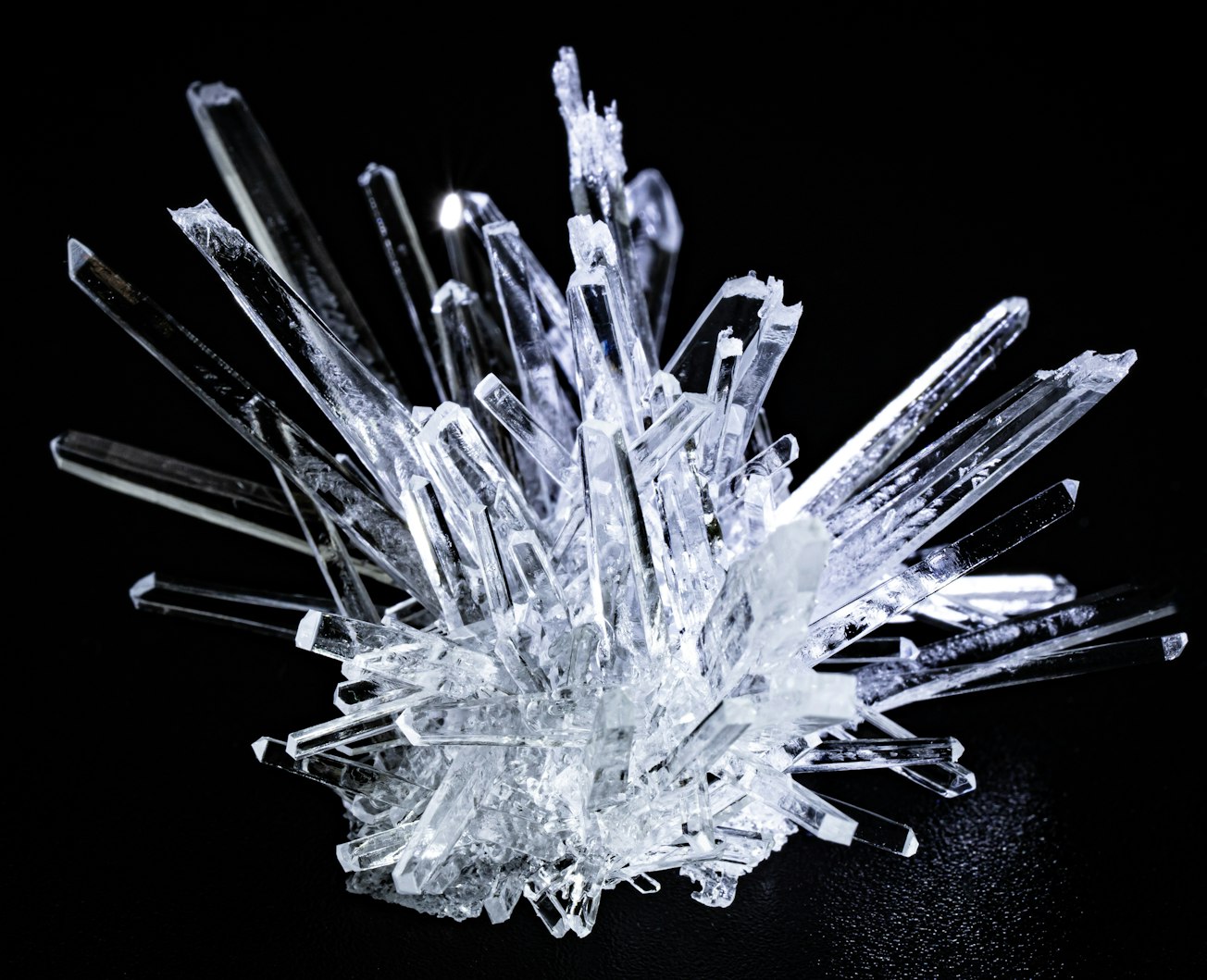What is it about?
The review summarizes development of a new concept of molecular recognition that is based on cooperativity of host crystals. While variation in energies of different molecular contacts in inclusion compounds generally is very small, these small differences are summed up in the crystal scale. So, they produce stepwise or switching events in guest inclusion and release, in solid-phase guest exchange and in formation of metastable polymorphs. These events may have unusually high selectivity for neutral guest molecules, which sometimes is absolute.
Featured Image

Photo by Jason D on Unsplash
Why is it important?
This is a first review with a comprehensive outline of molecular recognition of neutral molecules by crystalline solids. The described 9 types of selectivity in these systems give much more variety to structure-property relationships than can be reached in liquid solutions and adsorption on solid-liquid and gas-solid interface.
Perspectives
The review shows where, how and in what scale a genuine molecular recognition of neutral molecules can be found. This information can be used in polymorph screening, in development of sensors and materials for separation of vapor and liquid mixtures.
Valery Gorbatchuk
Kazan Federal University
Read the Original
This page is a summary of: Smart Molecular Recognition: From Key-to-Lock Principle to Memory-Based Selectivity, Frontiers in Chemistry, January 2020, Frontiers,
DOI: 10.3389/fchem.2019.00933.
You can read the full text:
Contributors
The following have contributed to this page







